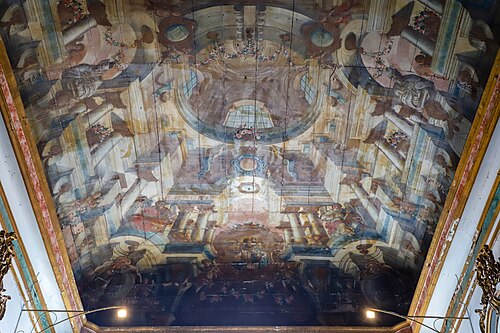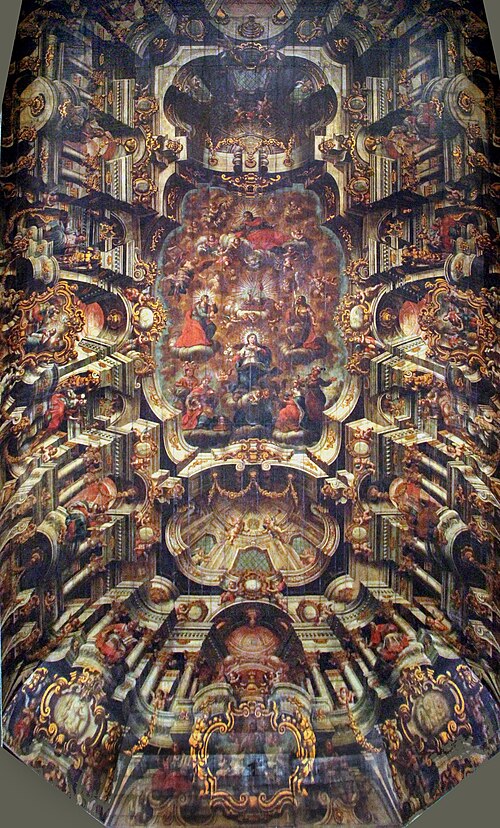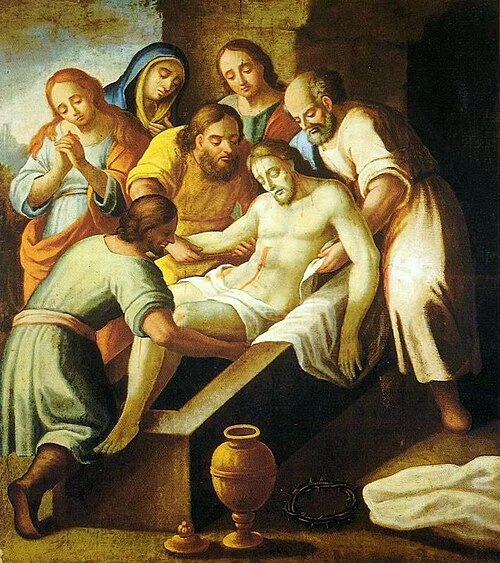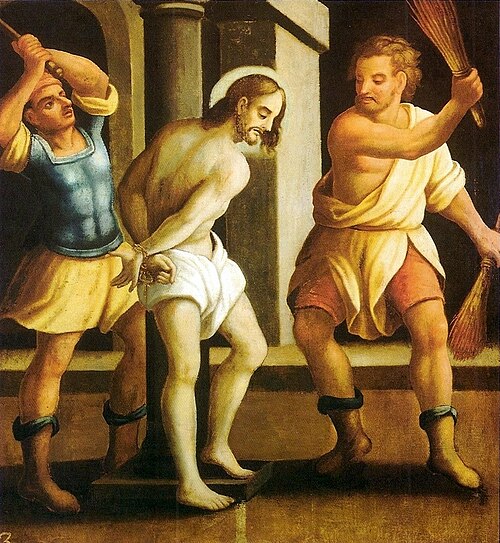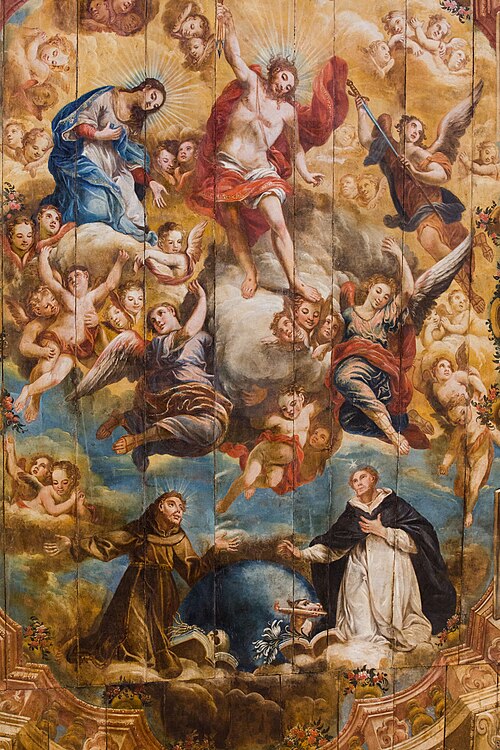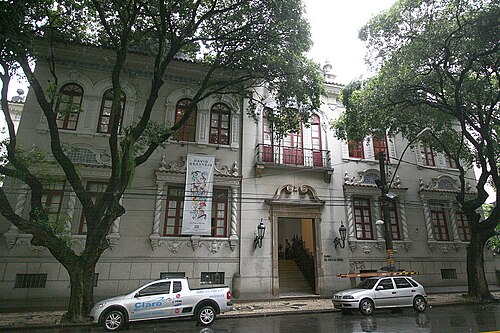
José Joaquim da Rocha
1737
- 1807
José Joaquim da Rocha (c. 1737 – October 12, 1807) was a Brazilian painter, engraver, gilder and restorer. His entire production was in the field of religious art, with the Catholic Church as his exclusive patron. He left numerous works of a scholarly character, moving away from the popular tradition that was common during the colonial period. Although his work has many moments of high level, it is uneven, partly because, since he became recognized, he always had many disciples and apprentices to assist him, to whom he delivered large portions of the work, and partly because of the use, as inspiration, of a varied iconography in engraving of irregular quality. Both practices were, however, common at the time.
He painted many easel pieces, but his most famous compositions are the great ceilings of churches made in the illusionistic perspective technique, organizing complex virtual architectural structures ornamented with garlands and scrolls, which support a central medallion, where the main scene of the set appears, usually showing Jesus or the Virgin Mary in glorifying situations. Like other works of the Baroque period, the painting should edify the observer and instruct him in the precepts of the Catholic Church, making use of a sumptuous plasticity that, through the seduction of the senses, leads the devotee to the contemplation of the beauties of the spirit.
Despite having garnered critical attention from various scholars, further exploration of his oeuvre remains necessary, particularly concerning authorship. As he did not sign his works, many attributions are based solely on oral tradition, lacking corroborative documentation. Nonetheless, José Joaquim da Rocha is recognized as a significant figure in the history of Brazilian art, noted as the founder of the Bahian school of painting and acknowledged as one of the masters of the Brazilian Baroque. He mentored several disciples and left a lasting influence on two generations of artists, who upheld the principles of his aesthetic until the mid-19th century.
Source :
Wikipedia
Filter



